Lack of Expertise
Concrete mixing requires knowledge of different types of cement, aggregates, and water ratios. A novice may not understand the nuances of selecting the right Concrete Mix for the job, which can result in a product that doesn't meet the required standards.
Inconsistent Mixing
One of the biggest issues with DIY concrete is the lack of consistency. When you mix concrete by hand or with a small mixer, it's almost impossible to maintain the same proportions across multiple batches. This inconsistency can lead to weak spots in your project, resulting in cracks or breaks over time.
Time-Consuming
Mixing and pouring concrete is a labor-intensive process. DIY projects often take longer than expected, leading to a waste of time and energy. The longer it takes to mix and pour, the more likely you are to make mistakes.
Incorrect Proportions
Achieving the right balance of cement, water, and aggregates is crucial for a durable, long-lasting concrete structure. Too much water weakens the concrete, while too little water makes it difficult to work with. Without professional knowledge, DIYers often struggle to get the proportions right.
Lack of Proper Tools and Equipment
Professionals use high-quality mixers, concrete trucks, and tools to ensure the job is done efficiently and correctly. The average DIYer usually doesn't have access to this kind of equipment, which can result in subpar work.
Unanticipated Costs
While DIY projects are often pursued with the hope of saving money, mistakes, delays, and the need for rework can result in higher costs than anticipated. If the Concrete Mix isn’t prepared or applied correctly, repairs will be necessary, costing you more in the long run.
